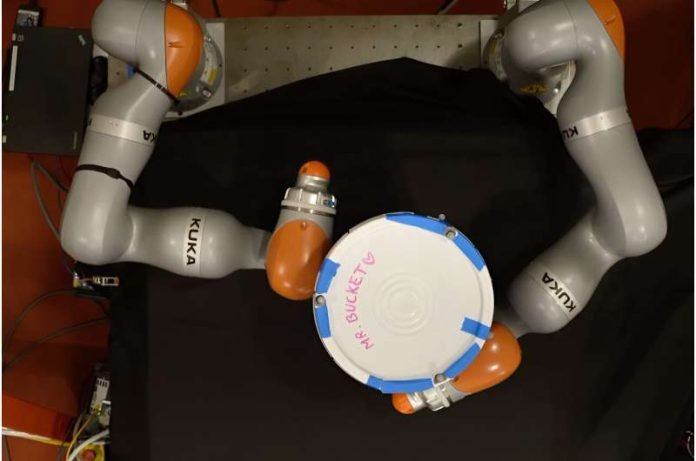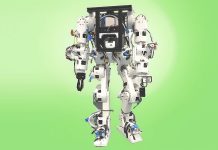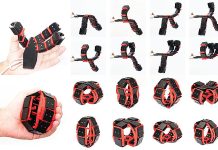
Imagine you want to lift a heavy box and carry it upstairs.
You would use both your hands, arms, and even balance it against your chest.
Humans do this easily, but for robots, it’s super tough. Robots have a hard time figuring out how to use all their parts together to hold or move something.
Researchers from MIT have found a way to help robots get better at this. They used something called AI ‘smoothing’ to make the process simpler.
This technique helps the robot focus on fewer, more important decisions instead of getting stuck trying to think through billions of little ones.
Why is this exciting?
Because it could change how we use robots. Instead of having big, heavy robot arms in factories, we might see smaller, more mobile robots that can use their whole bodies to do tasks. This could save energy and money.
Plus, these techniques could help robots adapt quickly when they are exploring places like Mars.
So, how did they do it?
They used a type of AI learning called ‘reinforcement learning,’ which is like teaching a pet new tricks by giving it treats. But traditional reinforcement learning makes the robot learn everything from scratch, and that takes a lot of computer time and power.
The MIT team found a clever shortcut. They discovered that the robot didn’t need to think about every single tiny movement.
Instead, they used ‘smoothing’ to focus on the key moves. This helped the robot to make good decisions much faster.
In tests, these smarter robots could do things like move a pen to a specific spot or open a door just as well as robots trained the old way—but much quicker. Still, there are limits. The MIT method is great for tasks that happen slowly but isn’t ready for things like catching a falling object.
This discovery shows that sometimes, thinking outside the “black box” of traditional methods can lead to better and faster solutions.
In the future, the team wants to improve their technique for faster tasks, like maybe teaching a robot to throw a can into a trash bin.
So, the next time you see a robot, it might be moving and handling objects more like a human, thanks to some smart thinking from these researchers.
The study was published in IEEE Transactions on Robotics.
Follow us on Twitter for more articles about this topic.
Source: MIT.



